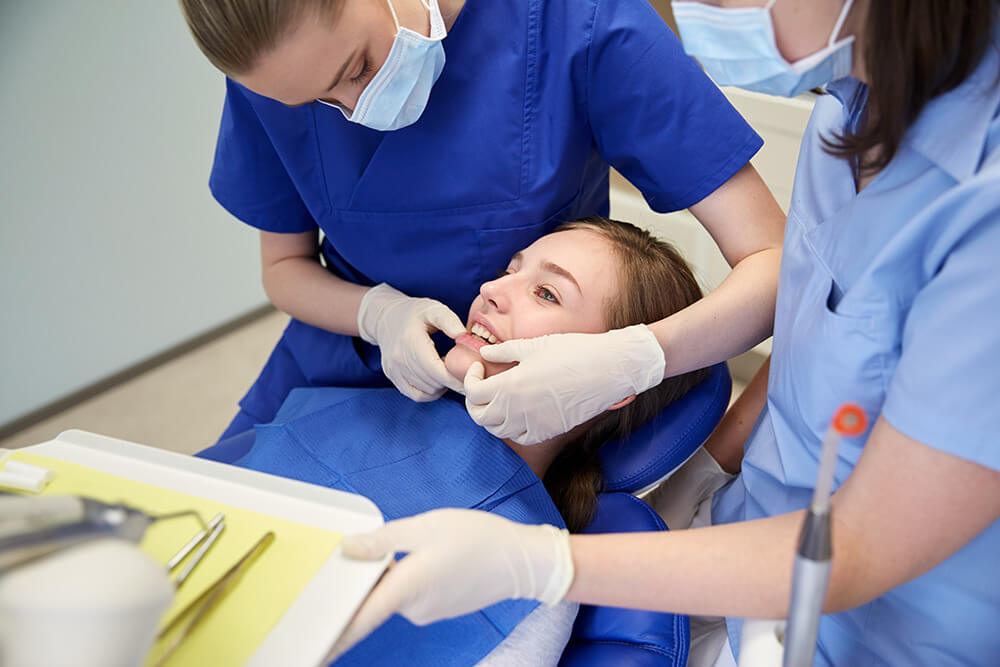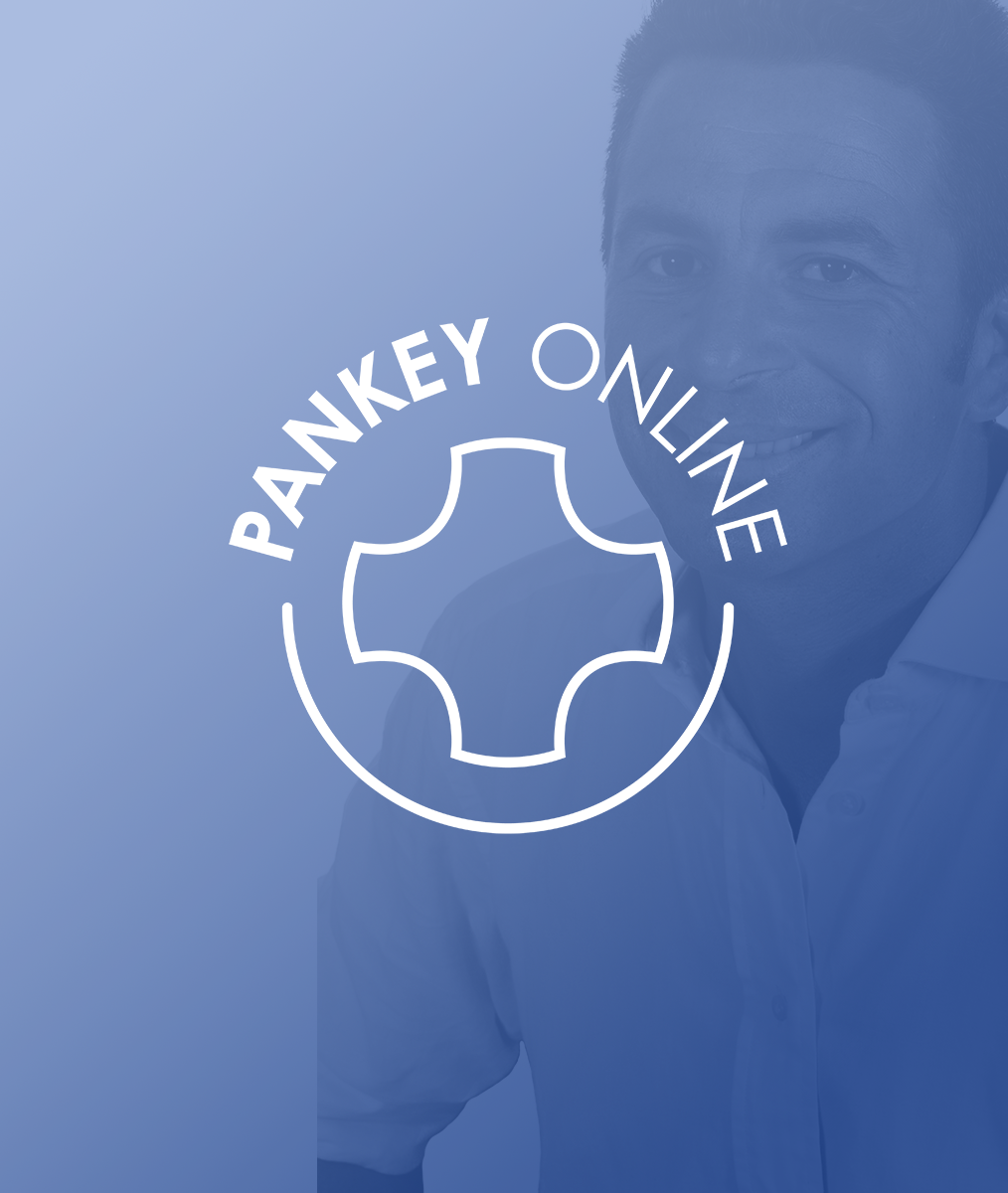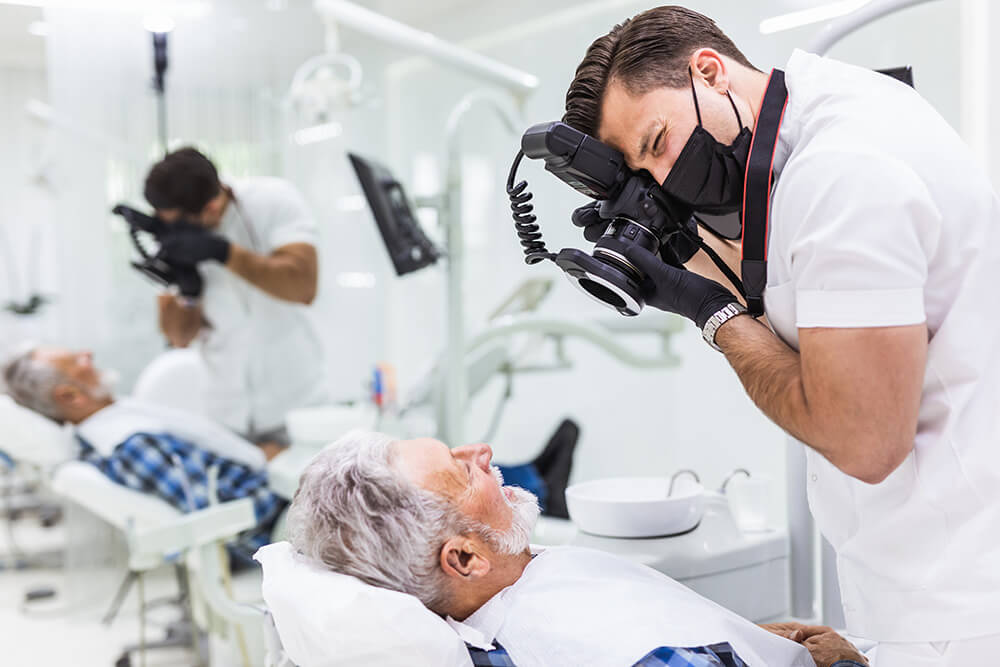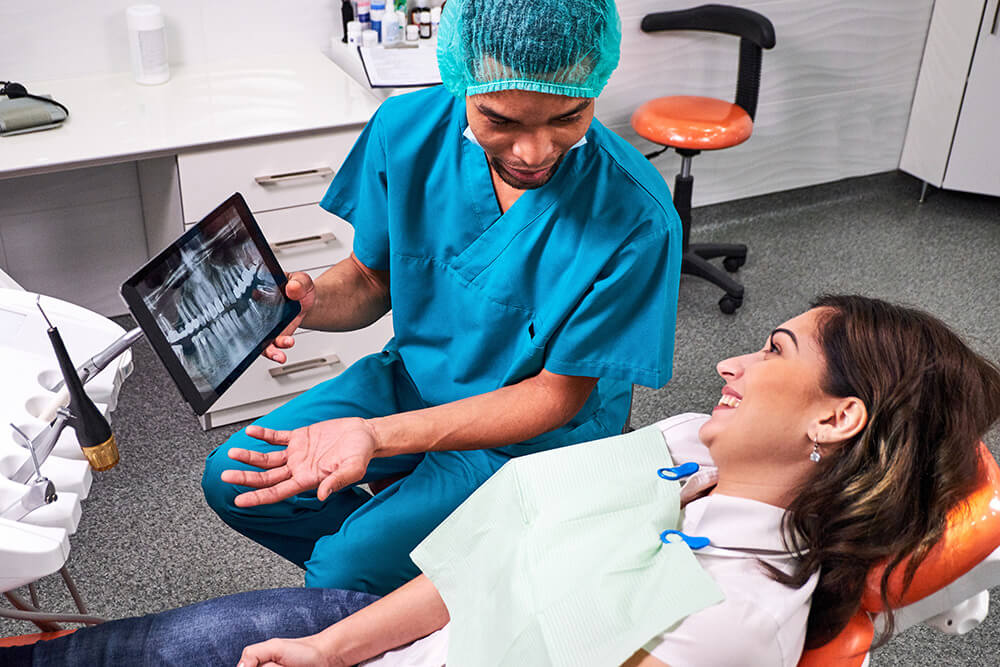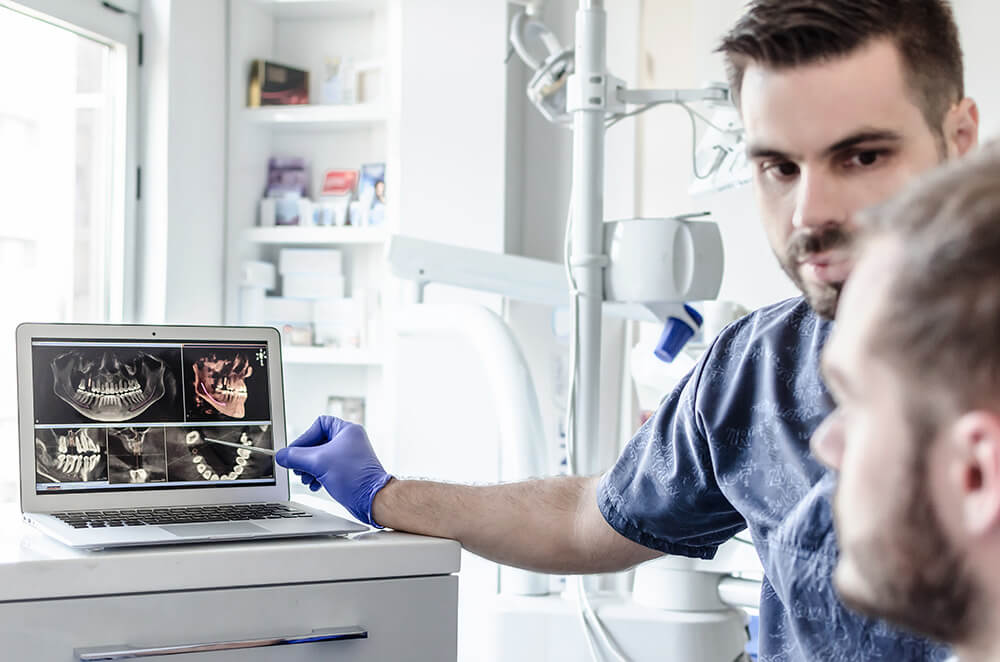Functional Risk Part 2 – Why Does Changing Occlusion Work?
High functional risk is evidenced in damage to the jaw joints, muscles, or teeth that exceeds what is normal for the person’s age. High functional risk occurs when there has been excessive loading in a compressed period due to what I described in Part 1 of this blog series as macro trauma from an impact event or micro trauma from chronic parafunction.
To manage functional risk and slow down the attrition we are observing, dentists adjust the patient’s occlusion to reduce that load. What are our goals in changing the occlusion and why does changing occlusion work well in most cases?
Functional Risk Management Goals
Whether we are managing functional risk with a bite splint, orthodontics, occlusal adjustment and/or restorative dentistry, we want to:
- Stabilize joints
- Stabilize muscles
- Stabilize dentition
- Ensure predictable restorative outcomes
We want to stabilize the joint anatomy, the structures of the temporomandibular joints, and reduce the activity of the elevator muscles because they are what overloads the joints and teeth and can be used with so much force that the muscles injure themselves. We also want to slow down the rate of damage to the dentition and move that rate back to a more age-appropriate pace. Often, we need to reorganize a patient’s occlusion to manage occlusal forces to ensure predictable restorative outcomes that last.
Why Changing Occlusion Works
Dr. Bob Barkley said, “Our job as dentists is to help our patients get worse at the slowest possible rate.” And that is what occlusal therapy does. When we change the occlusion, we are minimizing the force applied across the tops of the teeth and redistributing the force applied across the tops of the teeth.
The Science Behind This
In the dental literature, most studies are based on electromyographic activity. The patient is given a false occlusion on an appliance and the occlusion is altered. EMG activity is read when the teeth touch under many variations. By adding a premolar contact, the activity of the elevator muscles doubles. When a second molar contact is added, the activity of the elevator muscles rises five to ten times. A key article is Influence of variations in anteroposterior occlusal contacts on electromyographic activity by Arturo Manns, et al.
The EMG studies have demonstrated posterior tooth contacts produce the greatest load, so to minimize load, we eliminate posterior tooth contact. For most patients, we can’t get them to immediately disclude on their centrals, but we can get them to disclude on the canines, and we want to pass that off as fast as we can to the centrals. The term canine guidance or anterior guidance refers to the absence of posterior contacts. Instead of saying canine guidance or anterior guidance, many people use the term immediate posterior disclusion.
Note: The two-to-ten-times-more force recorded on an EMG study appliance is likely much lower than the force applied by muscles adapted to para-functioning over years and years. Those adapted muscles have become larger, more fibrous, and can generate more force.
Removing Posterior Contacts Does Not Work for Every Patient
Over my years of clinical practice, I have found that changing the occlusion does reduce functional risk for most patients. But we all have patients with perfect occlusion who present with TMD symptoms. We have some patients who continue to parafunction after we move them into immediate posterior disclusion.
Studies show that proprioception causes the elevator muscles to engage in only 80 to 85% of the population. This means that when the brain receives the signal that teeth are touching, the brain elevates the masseter muscles in 80 to 85% of people. Tooth contact is the trigger. Because this proprioception does not occur for 15 to 20% of the population, it is not the universal trigger for excessive loading.
Over my years in clinical practice, I have learned there is nothing I can do that is 100% dependable to stop a patient from para-functioning. Some of my patients continue to excessively load after posterior contacts are removed. This will be revisited in Part 3 – Management Modalities.
Related Course
Different Direct and Indirect Options to Restore Anterior Dentition
DATE: September 13 2024 @ 2:00 pm - September 13 2024 @ 4:00 pmLocation: Online
CE HOURS: 2
Course Description The evolution of restorative materials for direct and indirect options, together with adhesive techniques are meeting the requests of clinicians and patients, who ask less invasive therapies combined…
Learn More>
